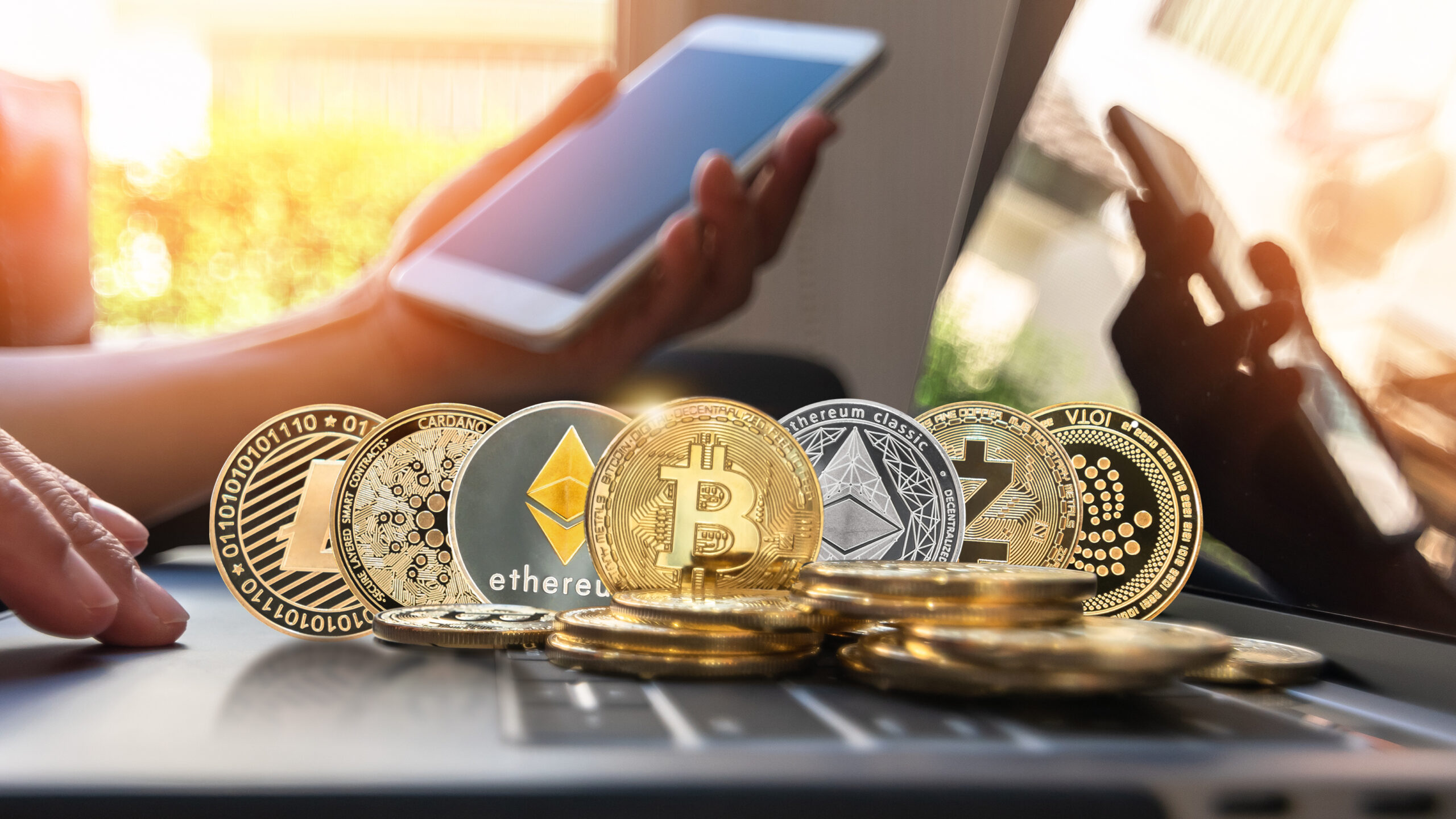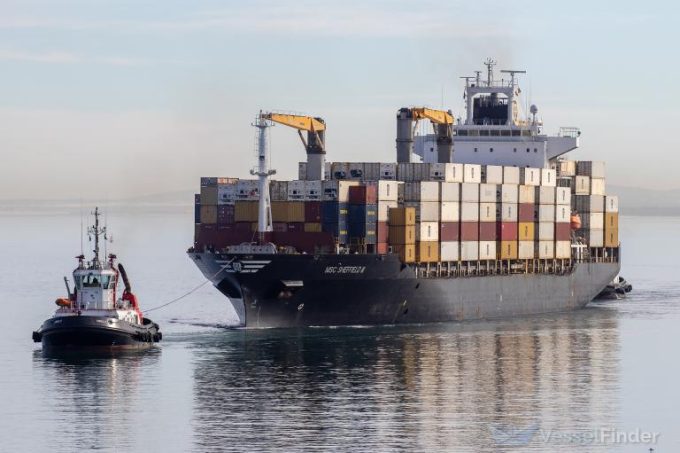The global payments landscape is undergoing a seismic shift – and at the forefront is the thriving ecosystem built around Bitcoin. Recent industry forecasts indicate that Bitcoin payment ecosystem It could grow from about US$1.1 trillion in 2022 to about US$5.5 trillion by 2032, representing an expansive transformation of how value flows around the world.
Read also: Bitcoin shows signs of stabilization as macroeconomic pressures ease
In this article, we explore what’s behind this prediction, the forces driving growth, the remaining headwinds, and what it means for traders, consumers, and the financial system as a whole.
What is the “Bitcoin Payment Ecosystem”?
In essence, Bitcoin payment ecosystem It includes all the infrastructure, services and applications that allow Bitcoin to be used as a means of payment, and not just as an investment. This includes:
- Wallets and payment apps that allow users to send and receive Bitcoin
- Merchant acceptance tools (online checkout plugins, POS integrations)
- Payment gateways and settlement services facilitate Bitcoin transactions
- On-chain and off-chain network infrastructure (such as the Lightning Network) that helps scale transactions
- Hardware and software components (ATMs, POS terminals, wallet hardware switches)
In 2022, one estimate puts the size of the ecosystem at US$1.1 trillion. Going forward, forecasts point to strong double-digit compound annual growth (CAGR) through 2032.
What drives growth?
Several major forces are converging to fuel this major expansion:
1. Merchant Accreditation
More businesses are realizing the value of accepting Bitcoin payments – for improved access, lower cross-border fees, and new segments of customers. As acceptance grows, the volume of transactions also increases.
2. Technological progress
Scalable payment structures (such as Lightning) and more user-friendly wallet interfaces reduce friction, making Bitcoin payments more competitive with traditional digital payments.
3. Shift to digital and global payments
The move toward digital commerce, cross-border money transfers, micropayments, and alternative payment rails favors Bitcoin’s infinitely programmable nature.
4. Investment and financing in the ecosystem
Fintech companies and crypto-native companies receive funding to build payment-oriented infrastructure (wallets, gateways, and trading tools). This accelerates market development.
5. Favorable regulatory and institutional winds
As regulation around cryptocurrency payments becomes clearer in more jurisdictions, institutions and large merchants are feeling more confident about incorporating Bitcoin-based payments.
6. Access to global markets and emerging economies
Growth in regions where cross-border banking or payment infrastructure is less efficient plays a role in enhancing Bitcoin’s strength as a decentralized global payment method.
Why $5.5 trillion by 2032?
The US$5.5 trillion estimate for 2032 stems from applying a compound annual growth rate of about 17% over about a decade, applied to a base of US$1.1 trillion.
This forecast reflects not only incremental growth, but a structural shift: payments moving from legacy rails to cryptocurrency-enabled methods, new forms of micropayments made possible by Bitcoin, and global trade leveraging digital asset payments.
While other estimates vary (some suggest around US$4.8 trillion by 2032 at a CAGR of around 16%), the US$5.5 trillion figure represents a bullish but plausible scenario given the convergence of these trends.
Key sectors to watch
Within this broad environmental growth, several sub-sectors look particularly promising:
- Devices and point of sale devices: Devices that accept Bitcoin payments or transfer between Bitcoin and fiat currencies are seeing growth. In 2022, the hardware component accounted for approximately 45% of the market share.
- Merchant wallets and gateways: Enables merchants to accept Bitcoin, settle in fiat currencies or Bitcoin, and manage volatility.
- Remittances and cross-border payments: Bitcoin’s borderless nature gives it an advantage for international payments, reducing fees and settlement times.
- E-commerce and micro payments: Small ticket payments (content, digital services, IoT payments) become viable through efficient Bitcoin settlement rails.
- Accreditation of institutions and government: Organizations using Bitcoin payments for specific use cases (procurement and global operations) add scale.
Headwinds and risks
Despite the promise, several major challenges remain:
- Volatility: Bitcoin price fluctuations still discourage its use as a payment currency, rather than just a speculative asset.
- Regulatory uncertainty: Despite progress, regulatory frameworks vary widely from country to country – and a lack of regulatory clarity may slow down the adoption of these frameworks.
- Scalability and cost: Although solutions like Lightning help, transaction throughput, latency, and cost remain issues for bulk payments.
- Trader and consumer awareness: Many merchants and consumers still do not understand how to use Bitcoin for payments securely and conveniently.
- Competition from other digital payment methods: Traditional payment networks, central bank digital currencies (CBDCs) and other cryptocurrencies are competing for the same payment share.
Regional insights and emerging trends
From a geographical standpoint, North America is currently leading the adoption of this technology thanks to strong infrastructure and early commercial acceptance.
However, Asia Pacific is expected to be the fastest growing region, driven by demand in emerging markets, mobile payment penetration, and interest in alternative rail.
An emerging trend is the convergence of traditional and crypto payments. Payment networks and banks are increasingly collaborating with cryptocurrency companies to enable Bitcoin payment acceptance, thus accelerating the mainstreaming of the ecosystem.
What it means for businesses and consumers
For companiesThe implication is clear: accepting Bitcoin payments could open access to new (particularly global) customer segments, reduce some of the friction in cross-border payments, and provide differentiation. They should evaluate how to integrate Bitcoin payments (directly or via a gateway) and how to manage volatility risks (for example, by instant conversion to fiat currencies).
For consumersIncreasing Bitcoin payment acceptance means more flexibility in how you pay and more options for international transactions. It also raises questions about custody (who holds your bitcoin), wallet security, and tax/regulatory implications.
to the broader financial systemThis growth signals a structural shift: payments are increasingly global, digital, programmable and asset-based. Old railways face competition from decentralized alternatives, and the boundaries between investment and payment are blurred.
Looking to the future: 2025 to 2032
In the coming years we can expect to see:
- Greater trading tools: plugins, one-click payment for Bitcoin, and seamless conversion of fiat currencies.
- Deeper integration of off-chain solutions (e.g. Lightning) to enable micropayments and IoT payments.
- Emerging regulatory clarity in key markets, enabling banks and fintech companies to confidently offer Bitcoin payment services.
- Expanding use in remittances and cross-border trade, especially in areas where banking infrastructure is weaker.
- Strategic partnerships between local cryptocurrency companies and existing payment networks to accelerate their adoption.
- Continuous innovation (e.g., programmable money, tokenized assets) built on Bitcoin’s paths.
If these trends align, a market size of US$5.5 trillion by 2032 will become not just a number, but a reality – where paying with Bitcoin is as normal as using a credit card today.
conclusion
Projections that the Bitcoin payment ecosystem could reach approximately US$5.5 trillion by 2032 embody a bold vision: Bitcoin is not just “digital gold” but as an everyday means of payment. The convergence of technological innovation, merchant and consumer adoption, and global demand for digital payments are all supporting this path.
However, success is not guaranteed, as volatility, regulatory unpredictability and competition will test the ecosystem. For those paying attention, now is a pivotal moment: the designs and decisions made in the next few years will determine whether Bitcoin becomes the dominant currency for payments, or remains a niche alternative.
In short: The payment revolution is underway, and Bitcoin may be at the heart of it.
source: https://www.gminsights.com/industry-analogy/bitcoin-Payment-ecosystem-market










